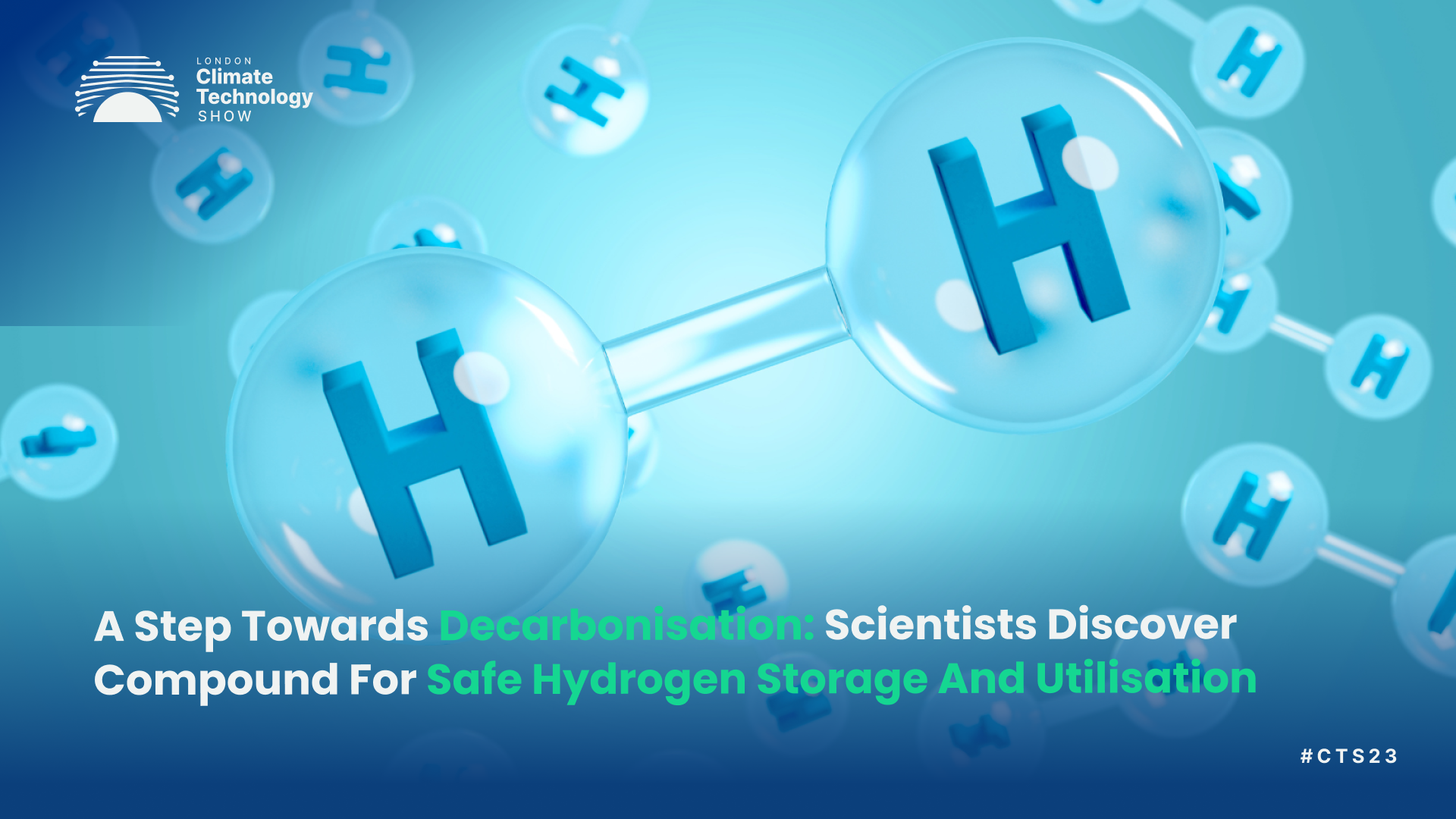July 10, 2023: Scientists from the RIKEN Center for Emergent Matter Science (CEMS) in Japan have made a significant finding involving a compound that employs a chemical reaction to store ammonia, presenting the potential for a safer and easier storage method for this crucial substance. This breakthrough not only enables secure and convenient ammonia storage but also allows for the preservation of the vital hydrogen it contains. Moreover, it holds the promise of paving the path towards a decarbonised society by facilitating the development of a practical hydrogen economy.
A recent study reveals a groundbreaking discovery of a perovskite, a material with a distinct repetitive crystal structure, which can easily store ammonia and also allows easy and complete retrieval at relatively low temperatures. This advancement holds great promise in enabling the transition to a hydrogen-based economy by providing a safer and more efficient way to store and utilise ammonia as a hydrogen carrier.
Masuki Kawamoto's research team at RIKEN CEMS focused their efforts on a perovskite compound known as ethylammonium lead iodide (EAPbI3), represented chemically as CH3CH2NH3PbI3. According to their research, this molecule reacts chemically with ammonia at normal temperature and pressure despite having a one-dimensional columnar structure. Lead iodide hydroxide, or Pb(OH)I, a two-dimensional layered structure, is created as a result of this reaction. Consequently, the ammonia is effectively stored within this layered structure through a chemical conversion process.
As a result of this groundbreaking discovery, EAPbI3 demonstrates the ability to safely store ammonia gas, a highly corrosive substance, being a nitrogen compound. Importantly, this process proves to be significantly more cost-effective compared to traditional liquefaction methods involving pressurised containers set at -33°C (-27.4°F).
During storage, the chemical EAPbI3 undergoes a reverse reaction that returns it to ammonia at a significantly lower temperature of 50°C (122°F). This is a significant advantage as it requires a much lower temperature compared to the traditional method that needs temperatures of 150°C (302°F) or higher to extract ammonia from porous compounds. This makes EAPbI3 an excellent and cost-effective medium for handling corrosive gases.
The newfound storage method serves multiple purposes. Co-author Yoshihiro Ito of RIKEN CEMS envisions this simple and efficient method as a part of the solution to achieve a decarbonized society by utilising ammonia as a carbon-free hydrogen carrier.

